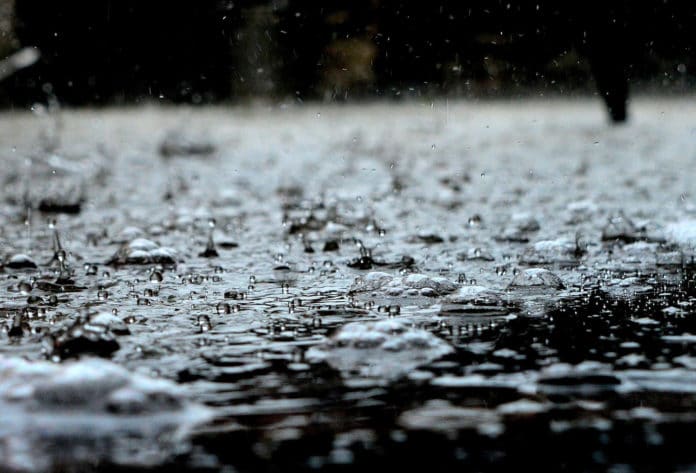Despite having a different structure, chemical composition, exoplanets might have one similarity to Earth: the rain.
In a new study, scientists from the Harvard John A. Paulson School of Engineering and Applied Sciences (SEAS) found that raindrops also keep fallin’ on exoplanets. It suggests that raindrops are remarkably similar across different planetary environments, even planets as drastically different as Earth and Jupiter.
According to scientists, understanding the behavior of raindrops could reveal the ancient climate on planets like Mars. It could also help scientists in identifying potentially habitable planets outside our solar system.
Kaitlyn Loftus, a graduate student in the Department of Earth and Planetary Sciences, said, “The lifecycle of clouds is essential when we think about planet habitability. But clouds and precipitation are really complicated and too complex to model completely. We’re looking for simpler ways to understand how clouds evolve, and a first step is whether cloud droplets evaporate in the atmosphere or make it to the surface as rain.”
Robin Wordsworth, Associate Professor of Environmental Science and Engineering at the Harvard John A. Paulson School of Engineering and Applied Sciences (SEAS), said, “The humble raindrop is a vital component of the precipitation cycle for all planets. If we understand how individual raindrops behave, we can better represent rainfall in complex climate models.”
Water in the atmosphere plays a vital role in the planetary climate. That’s why the raindrop makes it to the surface of the planet or not is an essential aspect of raindrop behavior.
To that end, size matters. Too big, and the drop will break apart due to insufficient surface tension, regardless of whether it’s water, methane, or superheated, liquid iron as on an exoplanet called WASP-76b. Too small, and the drop will evaporate before hitting the surface.
Considering these facts, scientists identified a Goldilocks zone for raindrop size using just three properties:
- Drop shape
- Falling speed
- Evaporation speed
Considering all these properties, scientists found that across a wide range of planetary conditions, the math of raindrop falling means only a tiny fraction of the possible drop sizes in a cloud can reach the surface.
Loftus said, “We can use this behavior to guide us as we model cloud cycles on exoplanets.”
Wordsworth said, “The insights we gain from thinking about raindrops and clouds in diverse environments are key to understanding exoplanet habitability. In the long term, they can also help us gain a deeper understanding of the climate of Earth itself.”
Journal Reference:
- Kaitlyn Loftus et al. The Physics of Falling Raindrops in Diverse Planetary Atmospheres, Journal of Geophysical Research: Planets (2021). DOI: 10.1029/2020JE006653
